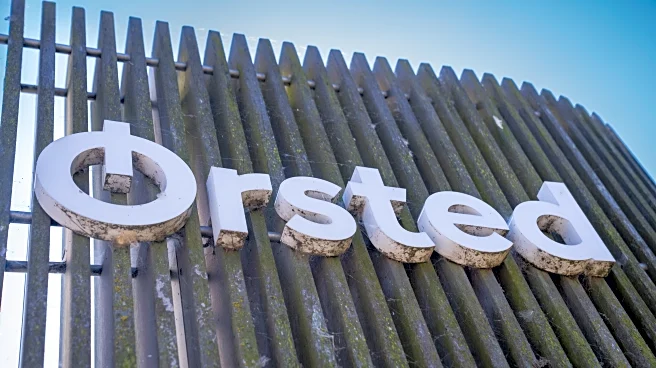What's Happening?
President Trump's 'Big Beautiful Bill' is set to provide substantial tax cuts for residents in high-tax states like New York. According to the Tax Foundation, New Yorkers could see an average tax cut of nearly $4,000 in 2026. The bill, which extends the tax cuts from the 2017 Tax Cuts and Jobs Act, is expected to cost approximately $3.7 trillion over the next decade. It includes increased deductions for state and local taxes (SALT) and enhancements to the child tax credit. Additionally, the bill allocates $303 billion for defense and border security spending. The Tax Foundation's analysis indicates that the largest average tax cuts in 2026 will be in states like Wyoming, Washington, and Massachusetts, while West Virginia and Mississippi will see the smallest cuts.
Why It's Important?
The 'Big Beautiful Bill' represents a significant shift in federal tax policy, potentially impacting millions of Americans, particularly in high-tax states. By increasing SALT deductions, the bill aims to alleviate the tax burden on residents in states like New York, which could stimulate local economies by increasing disposable income. However, the bill's substantial cost raises concerns about its long-term impact on the federal deficit and public services. The reduction in funding for healthcare and food programs, including Medicaid and SNAP, could adversely affect low-income families, highlighting the bill's potential to widen economic disparities.
What's Next?
As the bill progresses, it is likely to face scrutiny from both political leaders and the public. Stakeholders will be closely monitoring its implementation and the actual economic impact on different states. The debate over the bill's benefits versus its costs is expected to continue, influencing future legislative discussions and potentially shaping the political landscape ahead of upcoming elections.













